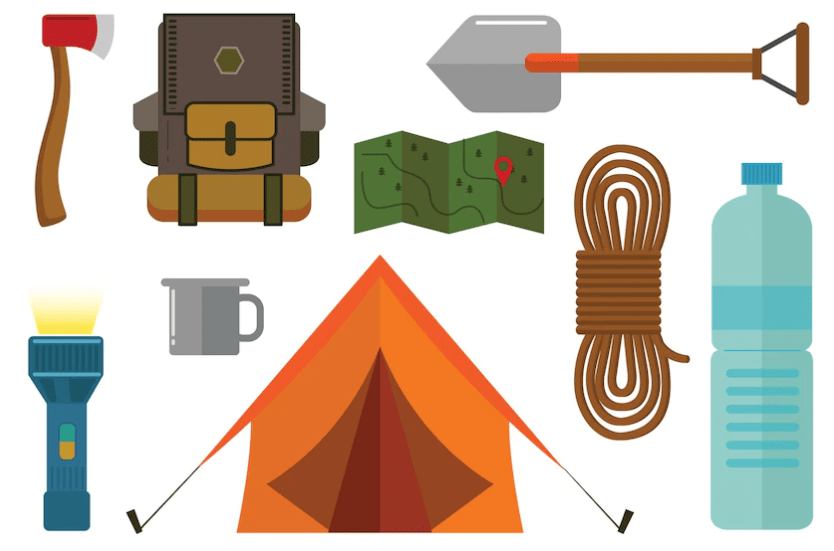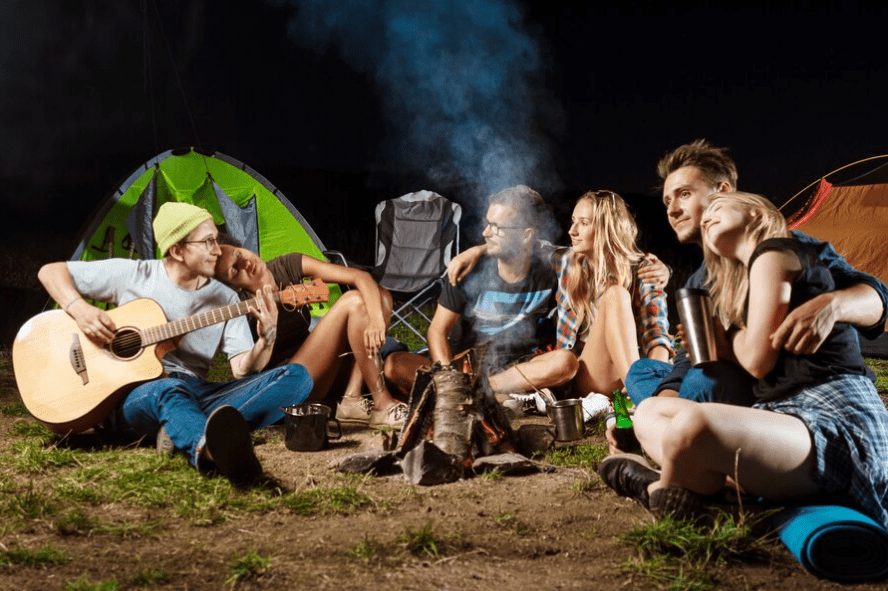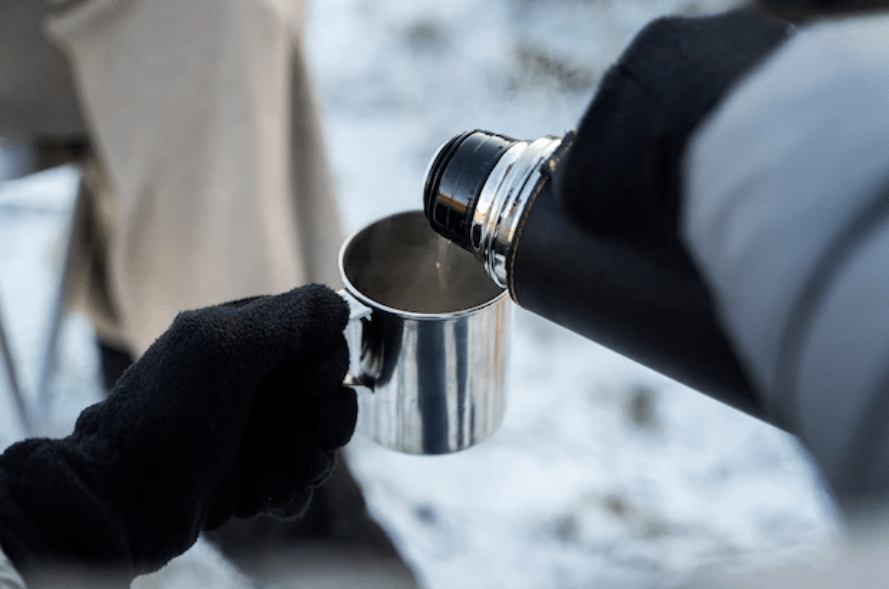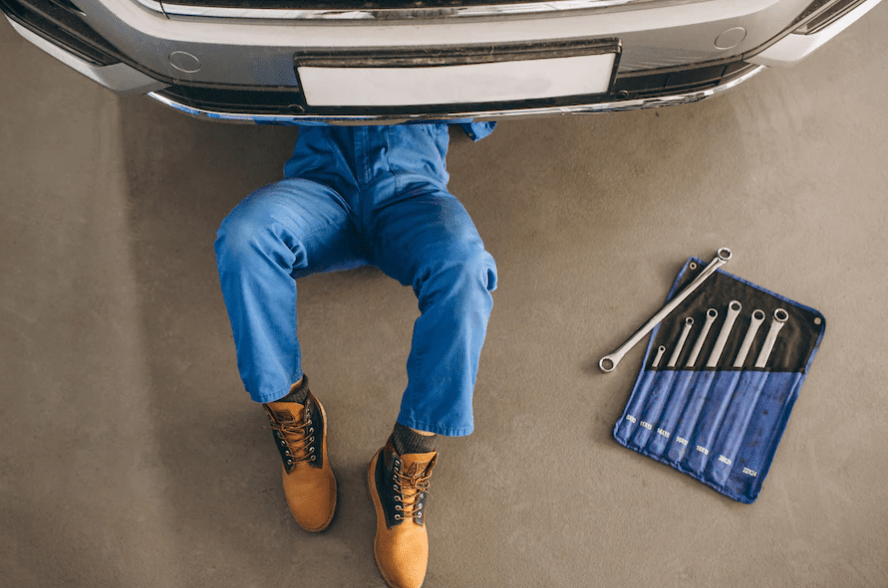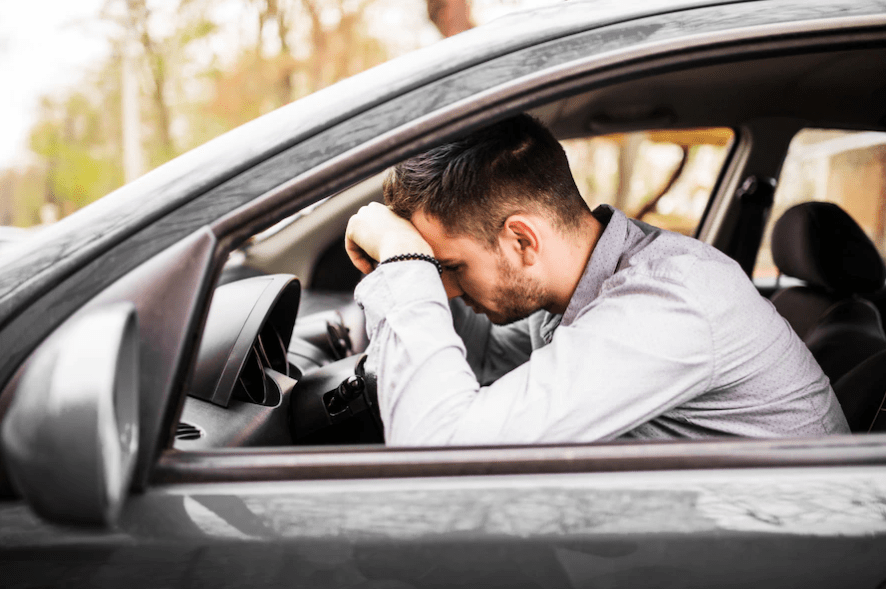Anyone who has ever slept outdoors knows that things don’t always go as planned. Even if you are well prepared, something unforeseen can always happen. For this reason, it is important to have an emergency kit with you whenever you go camping.
It always depends on where you live and how far away from civilization you are on your camping trip. If you are often out in the wild, you should definitely prepare for an emergency.
For example, if you are in the wilderness with your vehicle and your rooftop tent, your vehicle breaks down and no one can be reached (not even a seven eleven is within reach), you should be able to spend a few days alone in the to survive in the wild.
But what belongs in an emergency kit? Of course, it also depends on where and for how long you want to camp. For a short trip to the nearby forest, a small backpack with food and a few hygiene items is usually sufficient. But if you’re going on a multi-day hike, off-road trip, or mountain hike, the emergency kit should be a little more extensive.
The following things should not be missing:
- Meals for several days
- Water (preferably drinking water)
- First aid kit, painkillers
- Flashlight
- Lighter
- Knife
With this equipment, you are prepared for most situations and can look forward to camping in a relaxed manner! – Nevertheless, it is important to pack individual emergency equipment here in order to prevent possible emergency situations and to guarantee a smooth camping experience for everyone.

Table of Contents
What should you pay attention to when packing the emergency equipment?
- An emergency kit is an essential part of any camping trip. Because unforeseeable events can happen at any time, be it a storm, an injury, or a technical defect. Therefore, the emergency equipment should be assembled carefully and packed with care. The following points should be observed:
- Choose high-quality, durable gear that will perform in demanding situations.
- Pack your equipment carefully and clearly in waterproof bags or rucksacks so that it is quick to hand when you need it.
- It is important to ensure that all members of the group know where the emergency equipment is packed and how to use it.
- The equipment has to provide you with an emergency, so pack it yourself and think about what you need in an emergency.
Medicines and medical supplies
Of course, medical care is not unimportant. For example, if you are injured or get sick on a camping trip, it can be very important to have the necessary medical equipment.

Here are a few essential pieces of equipment you should have in your emergency medical kit:
- Personal medicines prescribed by the doctor
- Cold/fever medicine
- Pain and fever reducers
- Drugs for diarrhea, nausea, vomiting
- Medicines/creme against insect bites and sunburn
- Electrolytes to compensate for fluid loss
- Clinical thermometer
- Splinter tweezers
- Skin disinfectant
- Wound disinfectant
- Bandages: Everything that a first-aid kit contains: gauze compress, bandage scissors, plasters and bandages, and triangular cloth.
The technology you should always have with you
You should also not forget to always have the most important technology or communication technology with you. It can be very important to make yourself known in an emergency or to be able to receive and/or transmit radio signals.
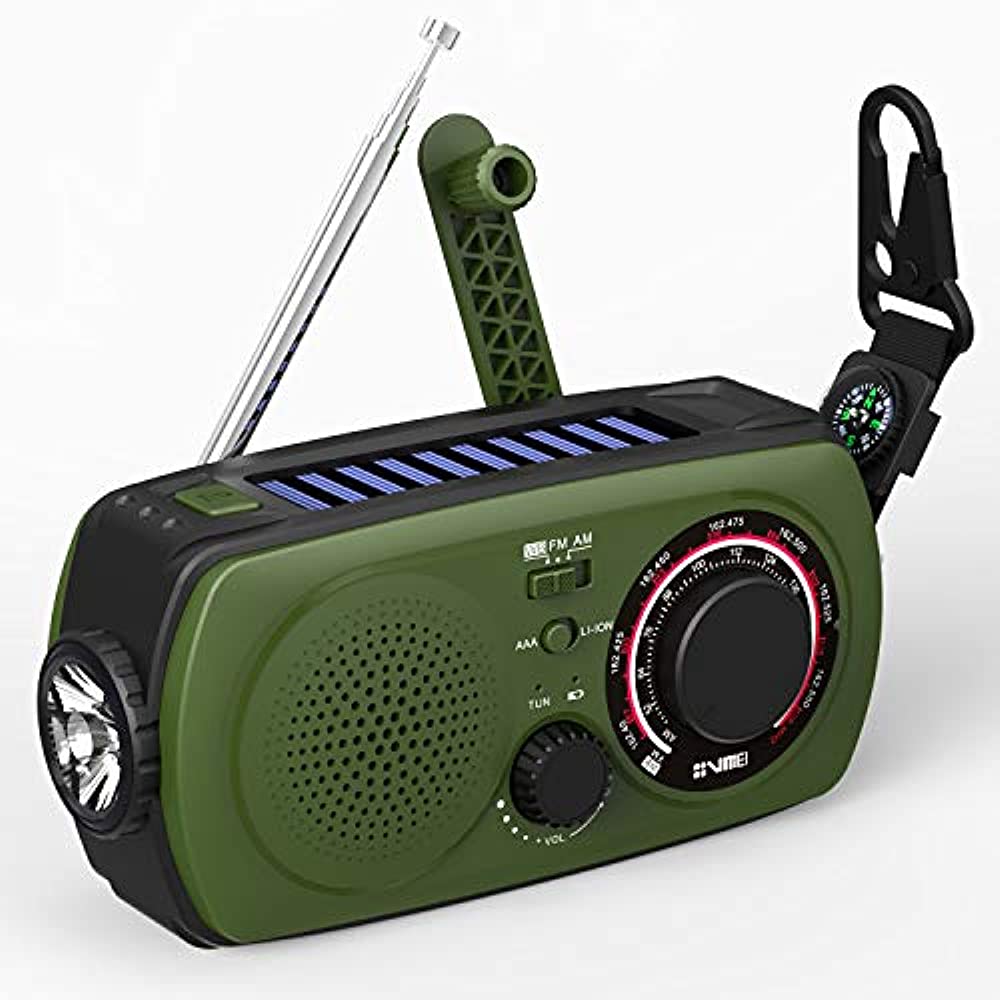
Here I would like to give you a small list of important technology that you should have with you. Of course, you should always adapt this list to your personal needs.
- Radio: A radio or crank radio is best. A solar radio or car radio can also be used. There are also crank radios with a USB port for charging cell phones.
- Batteries: Be sure to have enough batteries ready. Keep in mind that batteries do not last indefinitely either. Use up the batteries and change them regularly. Make sure you have the right battery sizes on hand.
- A power bank with enough power to charge your various devices. Also, make sure you use the correct cables and plugs.
Shelter and sleep
Equally important is that you have a chance to sleep safely and dry. There are different ways; you can take a 2 person camping tent, an emergency camping shelter, or a camping hammock.
So you can also spend several nights outdoors. A tent or a camping hammock with a tarpaulin offers you protection and a chance to rest.
You should also consider packing or adding a full-size sleeping back or emergency sleeping back to your emergency kit.
It is also extremely important that you always have the opportunity to start a fire. Fire can be very important to stay warm or to cooking food. Therefore, you should always pack several lighters or matches safely and waterproof.
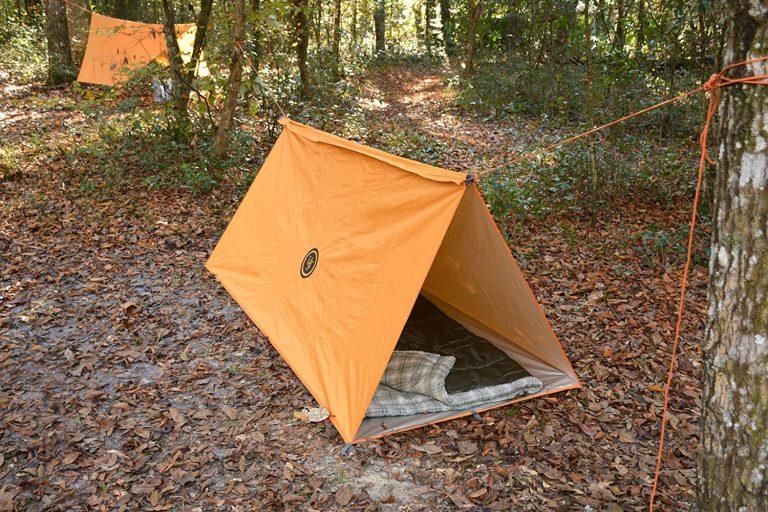
What is the best way to transport emergency equipment?
That’s a good question because in an emergency you need to act quickly and have the right resources at your disposal. The best way to transport emergency equipment is to put it in a backpack or bag. So you have everything in one place and can grab it quickly.
If you are traveling with your vehicle, you can of course stow this emergency kit wherever you can easily get to it. Make sure that the emergency kit or the emergency backpack is always easily accessible and is not covered by heavy luggage.
When should you use the emergency kit?
Anyone who camps regularly knows their emergency kit. But when is the right time to use them? Many people feel uncomfortable at the thought of using the equipment and think it’s only necessary after something has gone wrong. You should use them more often!
The emergency kits are there to help and save us in emergency situations. It should therefore not only be used when we are already in an acute emergency situation but used preventively before it is too late. Also, everyone defines an emergency differently, which gives everyone different leeway in their emergency kit.
Where should you store the emergency equipment?
The best storage for emergency equipment is always one that is quick and easy to access. On the one hand, this includes the location and the type of storage. The ideal solution for storing emergency supplies is a waterproof backpack or pouch that can be placed in an easily accessible location.
In the backpack should then be a storm lamp, lighter, pocket knife, first aid kit, and water bottle or the utensils that were packed beforehand. Nevertheless, a camping trip is something very individual, which in this case shows that the emergency equipment has to be packed and stowed according to one’s own wishes.

